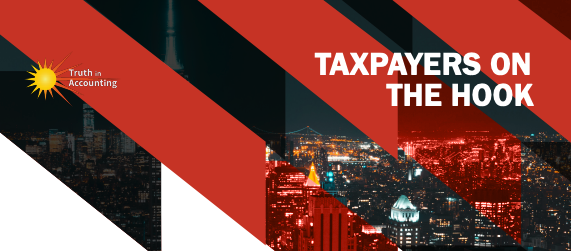From Peter Reagan for Birch Gold Group

As much as we tried to convey the fact that excessive national debt isn’t going to promote anything close to sustainable economic growth a couple of weeks ago…
The debt picture is apparently a lot darker than we originally thought.
Turning to a recent Daily Reckoning article, we can see that at the present rate of debt accumulation the debt would reach a total of $50 trillion in less than five years:
Under present acceleration $50 trillion debt is 4.27 years distant. You will have it in Anno Domini 2028.
At the projected rate 2028’s gross domestic product would come in at $29 trillion – approximately. Thus the nation’s debt-to-GDP ratio would scale an economy-murdering 172%.
Continue reading “Exponential U.S. Debt – How Much Will It Cost YOU?”










